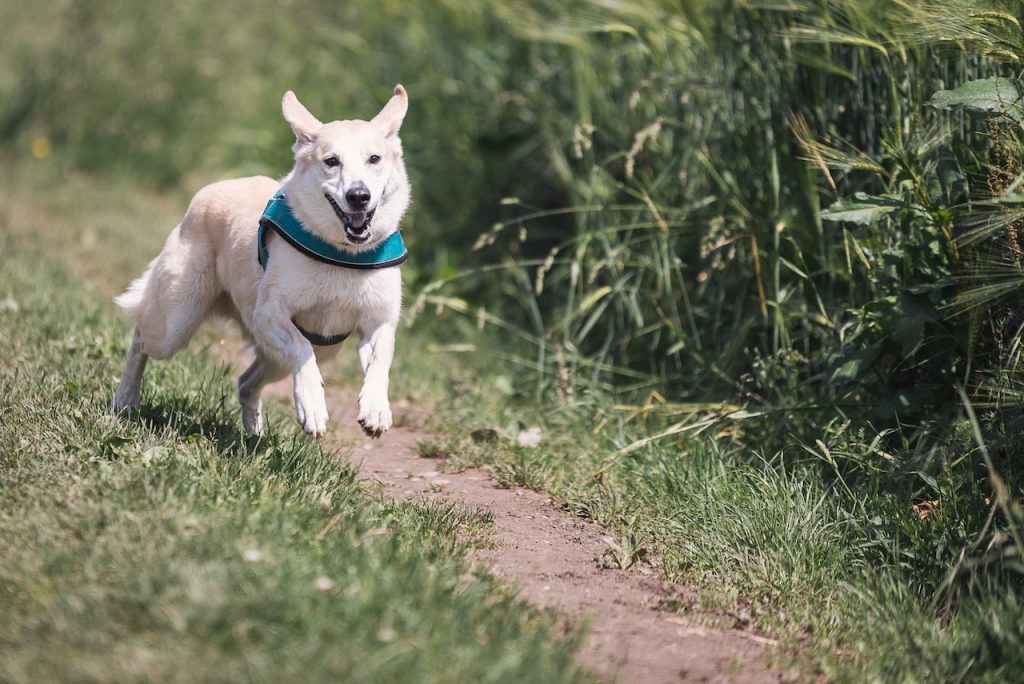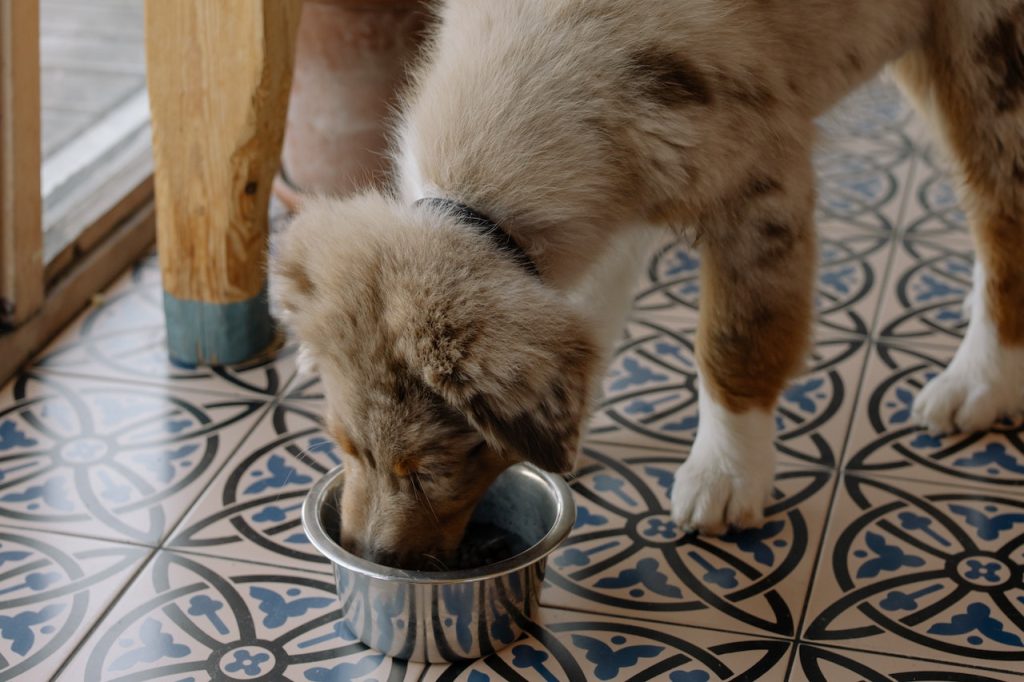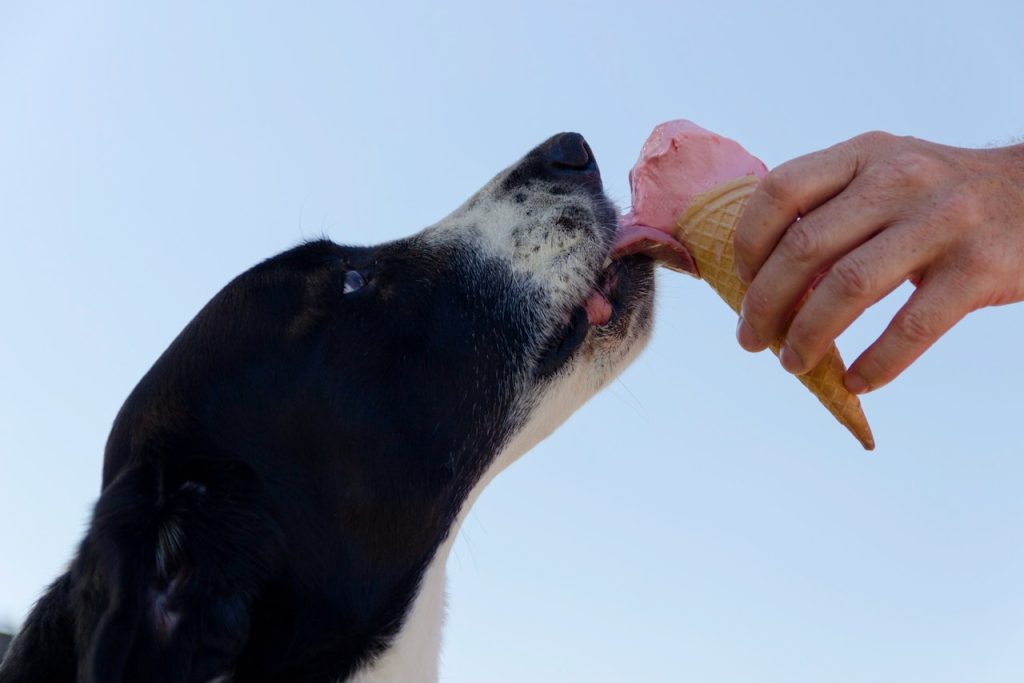Is your beloved canine companion carrying a few extra pounds? Just like in humans, excess weight can lead to a range of health issues in dogs. But the good news is that with the right approach, you can help your dog shed those extra pounds and improve their overall well-being. In this comprehensive guide, we’ll explore how to help your dog lose weight safely, providing you with expert tips and practical advice.

How to Help My Dog Lose Weight Safely
Understanding the Importance of a Healthy Weight
Before diving into the specifics of weight loss, it’s crucial to understand why maintaining a healthy weight for your dog is essential. Excess weight can lead to various health problems, including:
- Joint Issues: Extra weight puts strain on your dog’s joints, increasing the risk of arthritis and other mobility problems.
- Heart Disease: Obesity is a significant risk factor for heart disease in dogs.
- Diabetes: Overweight dogs are more prone to diabetes.
- Reduced Lifespan: Obesity can shorten your dog’s lifespan.
Consult Your Veterinarian
The first step in helping your dog lose weight safely is to consult your veterinarian. They will assess your dog’s current health, recommend a target weight, and provide guidance on the best approach to achieve it.
Meal Planning and Portion Control
- Choose a Quality Dog Food: Opt for a high-quality, low-calorie dog food designed for weight management.
- Measure Food Accurately: Use a kitchen scale to measure food portions precisely.
- Regular Feeding Schedule: Establish a consistent feeding routine to regulate metabolism and appetite.
- Avoid Table Scraps: Discourage feeding your dog from the table and eliminate high-calorie human food.

Exercise Routine
- Daily Walks: Ensure your dog gets daily exercise with regular walks. Gradually increase the duration and intensity.
- Interactive Play: Engage your dog in interactive play sessions, such as fetch or tug-of-war.
- Puzzle Toys: Use puzzle toys to make mealtime more engaging and slow down eating.
Monitoring Progress
- Regular Weigh-Ins: Keep track of your dog’s weight loss progress with regular vet visits.
- Adjust as Needed: If your dog isn’t losing weight, consult your vet for adjustments to the plan.
Frequently Asked Questions (FAQs)
Q: Can I use human weight loss supplements for my dog? A: No, it’s not recommended. Always consult your veterinarian for dog-specific weight loss solutions.
Q: How long does it take for a dog to lose weight safely? A: Safe weight loss in dogs is gradual and may take several months. The pace depends on the dog’s starting weight and health.
Q: Are there breed-specific considerations for weight loss? A: Yes, some breeds are more prone to weight gain. Consult your vet for breed-specific recommendations.
Q: Can I give my dog treats while they are on a weight loss plan? A: Yes, but choose low-calorie, healthy treats and monitor their daily calorie intake.
Q: What are signs that my dog is losing weight too quickly? A: Rapid weight loss can be harmful. If your dog appears lethargic, stops eating, or experiences other health issues, consult your vet immediately.
Q: Is it safe to exercise my dog if they are significantly overweight? A: Start with low-intensity exercise and gradually increase it. Consult your vet for specific exercise recommendations based on your dog’s condition.

Helping your dog lose weight safely is a commitment to their long-term health and happiness. By consulting your veterinarian, carefully managing their diet, and providing regular exercise, you can ensure your furry friend reaches and maintains a healthy weight. Remember that patience and consistency are key, and always prioritize your dog’s well-being.
Read more blog posts!



